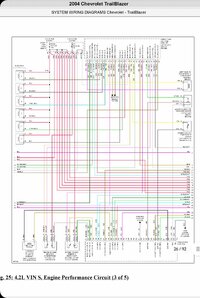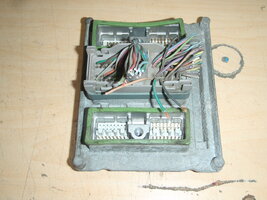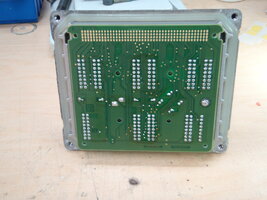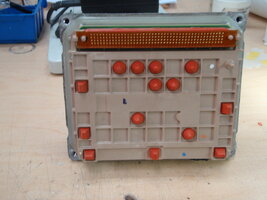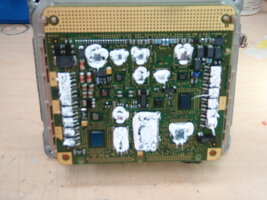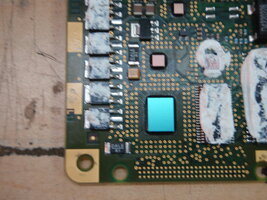Hi All
On vacation with the Envoy pulling our trailer up north to Yellowknife. The transmission I rebuilt is working like a champ but I'm getting random P0135 and P0053 codes. I changed the oxygen sensor in the exhaust manifold but they keep coming so I think I have a broken wire somewhere in the engine loom between the sensor and the PCM.
I don't have the time or patience to tear into the wiring looking for a bad connection out here in the field so my idea is to buy a spool of wire and cut a few inches back from the O2 connector and run brand new wires over to the PCM, cut the four over there and atttach. This should bypass the wire break, wherever it is, and let me finish my holiday without codes.
I do carry a portable butane soldering iron with me in the trailer so I can get good splices. Can anyone help me with a link or a .pdf of the wiring? (I don't carry my paper manuals with me on holiday) I need to know where the four wires connect to the PCM.
2005 Envoy XL.
On vacation with the Envoy pulling our trailer up north to Yellowknife. The transmission I rebuilt is working like a champ but I'm getting random P0135 and P0053 codes. I changed the oxygen sensor in the exhaust manifold but they keep coming so I think I have a broken wire somewhere in the engine loom between the sensor and the PCM.
I don't have the time or patience to tear into the wiring looking for a bad connection out here in the field so my idea is to buy a spool of wire and cut a few inches back from the O2 connector and run brand new wires over to the PCM, cut the four over there and atttach. This should bypass the wire break, wherever it is, and let me finish my holiday without codes.
I do carry a portable butane soldering iron with me in the trailer so I can get good splices. Can anyone help me with a link or a .pdf of the wiring? (I don't carry my paper manuals with me on holiday) I need to know where the four wires connect to the PCM.
2005 Envoy XL.

